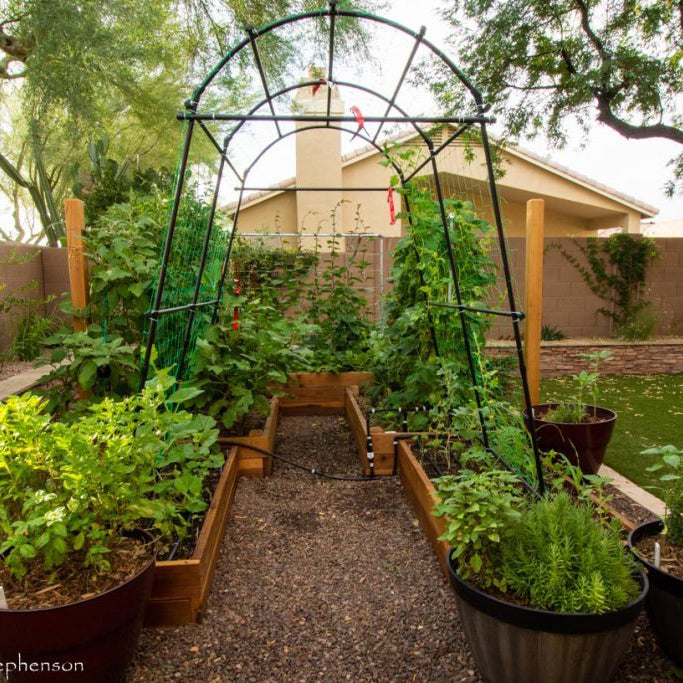
Available 24/7
Available 24/7

Welcome to the ultimate guide on money plant care! This article will provide you with comprehensive information about these popular houseplants.
We'll delve into their origins and how to properly care for them, as well as discuss topics such as watering, soil requirements, light conditions, propagation, pruning, and common issues.
By the end of this article, you'll be equipped with the knowledge to help your money plant thrive and grow.
Money plants, also known as Epipremnum aureum, Pothos, or Devil's Ivy, are native to the Solomon Islands in the South Pacific.
They are popular houseplants due to their low-maintenance nature and attractive foliage. The leaves are heart-shaped and can vary in color, from green to variegated patterns with yellow or white patches.
Caring for money plants is relatively simple, making them perfect for novice gardeners or those with busy schedules. They can tolerate a range of conditions, but to keep them looking their best, follow these guidelines:
Money plants are somewhat drought-tolerant, but they prefer consistent moisture. Water your plant when the top inch of soil is dry to the touch.
This usually equates to watering once every 7-10 days, depending on the humidity and temperature of your home.
The best time to water your money plant is in the morning, as this allows the plant to uptake the water before the heat of the day causes evaporation. Be careful not to overwater, as this can lead to root rot.
If you notice yellowing leaves, it may be a sign that you are overwatering your plant.
Money plants grow best in well-draining, peat-based potting mix. This type of soil retains moisture without becoming waterlogged, allowing the plant's roots to access the water they need without risking root rot.
Fertilize your money plant every 4-6 weeks during the growing season (spring and summer) using a balanced, water-soluble fertilizer. Make sure to follow the package instructions for the correct dilution rate.
During the fall and winter, reduce fertilization to once every 8-12 weeks, as the plant's growth slows down.
Money plants thrive in bright, indirect light. A spot near a north- or east-facing window is ideal, but they can also tolerate lower light conditions. Keep in mind that variegated varieties may lose some of their color if they do not receive enough light.
Avoid placing your money plant in direct sunlight, as this can cause the leaves to burn and become discolored. If you notice that the leaves are becoming leggy or losing their variegation, try moving the plant to a brighter location.
If your home does not have sufficient natural light, you can supplement with artificial lighting, such as fluorescent or LED grow lights.
Ensure the light source is placed above the plant, mimicking the natural direction of sunlight, and provide 12-14 hours of light per day.
One of the joys of growing money plants is their ease of propagation. You can quickly multiply your collection or share with friends using these methods:
Regular pruning and training will keep your money plant looking its best and encourage bushier growth. Prune your plant by cutting just above a leaf node, which will stimulate new growth from that point.
You can prune any time of year, but it's best to do so during the growing season to ensure faster recovery.
Training your money plant can be done using a moss pole, trellis, or other support structure. Attach the plant's stems to the support using plant ties, allowing the plant to climb and create a more vertical growth habit.
This will also help prevent the plant from becoming too heavy and breaking under its own weight.
Money plants are generally resilient, but they can still encounter issues such as pests and diseases. Here are some common problems and their solutions:
In this guide, we have covered the essential aspects of money plant care, including watering, soil requirements, light conditions, propagation, pruning, and addressing common problems.
By following these guidelines, you can ensure that your money plant remains healthy and continues to flourish.
Money plants are an excellent choice for both beginner and experienced gardeners, as they are both low-maintenance and highly rewarding.
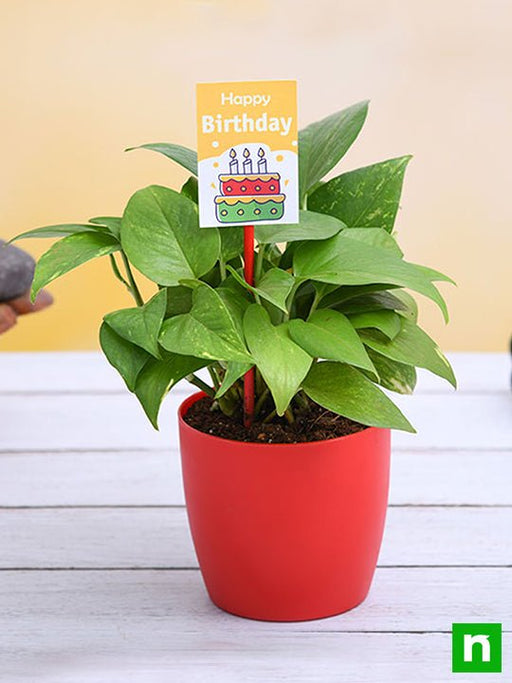
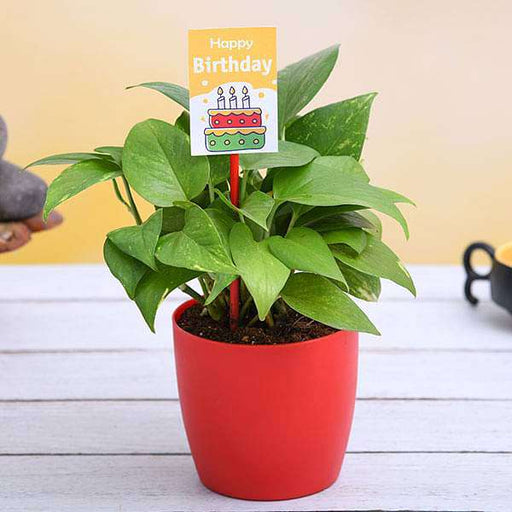 Save 10%
Save 10%
Birthday Special Money Plant Celebrate your loved one's special day with our exquisite Birthday Special Money Plant! This vibrant green pl...
View full details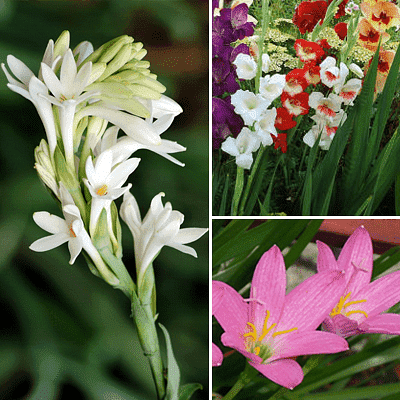 Save 20%
Save 20%
Year Round Bulbs (30 Bulbs Pack) Transform your garden into a vibrant oasis with our Year Round Bulbs pack, featuring 30 premium bulbs inc...
View full details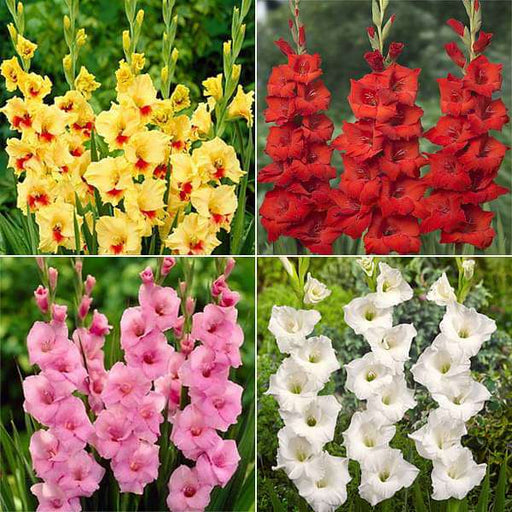 Save 30%
Save 30%
Glorious Gladiolus - 40 Bulbs Pack Transform your garden into a vibrant spectacle with our Glorious Gladiolus 40 Bulbs Pack. This exquisit...
View full details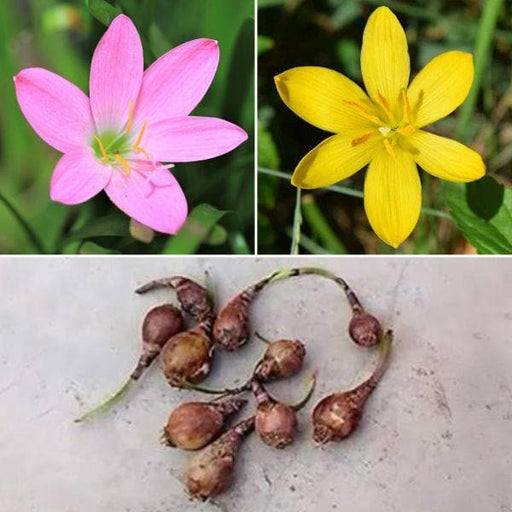 Save 42%
Save 42%
Zingy Zephyranthes Lily - 30 Bulbs Pack Transform your garden into a vibrant oasis with our Zingy Zephyranthes Lily pack, featuring 30 pre...
View full details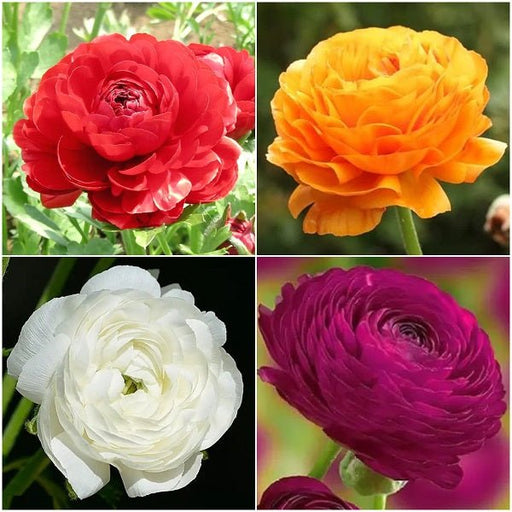 Sold out
Sold out
Royal Ranunculus - 16 Bulbs Pack Transform your garden into a vibrant tapestry of color with our Royal Ranunculus 16 Bulbs Pack. This exqu...
View full details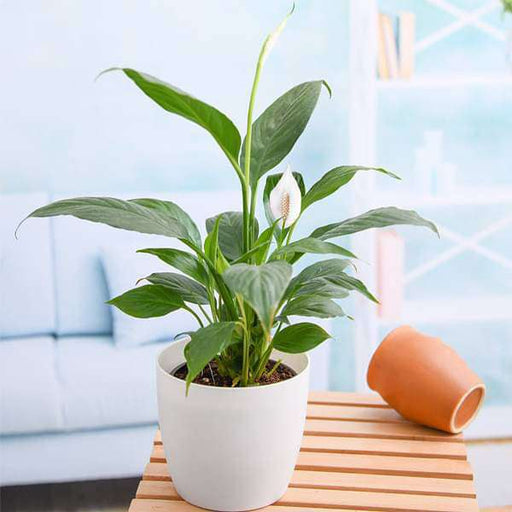
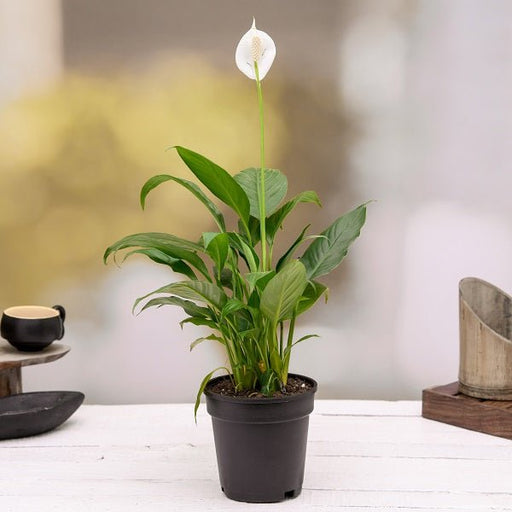 Save up to 15%
Save up to 15%
Peace Lily, Spathiphyllum - Plant The Peace Lily, scientifically known as Spathiphyllum, is a stunning houseplant celebrated for its elegant white...
View full details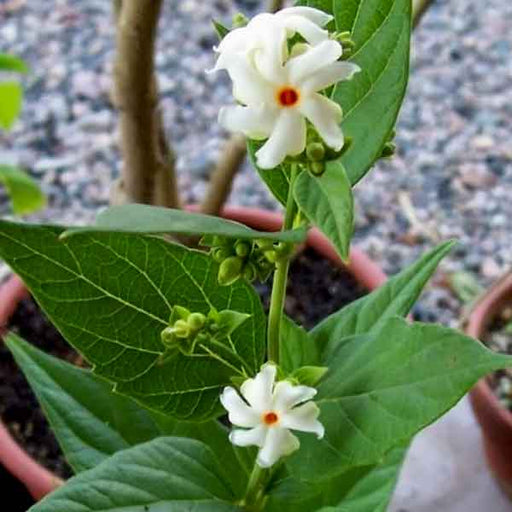
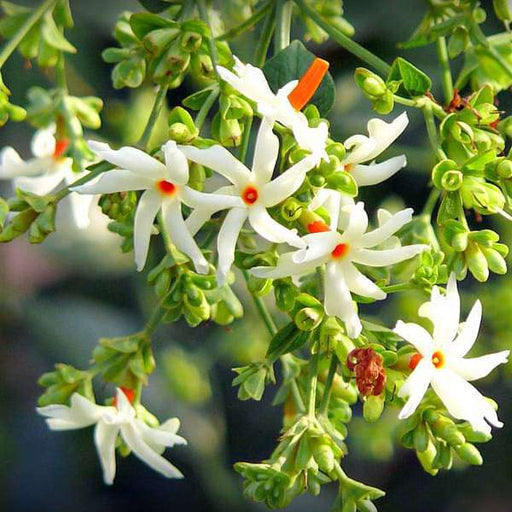 Save 18%
Save 18%
Combo Constituents Includes the Parijat Tree (Night-Flowering Jasmine), a culturally significant plant with fragrant flowers. Description The Pari...
View full details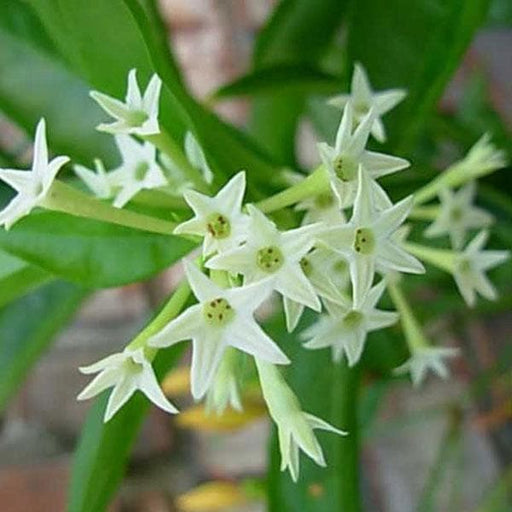
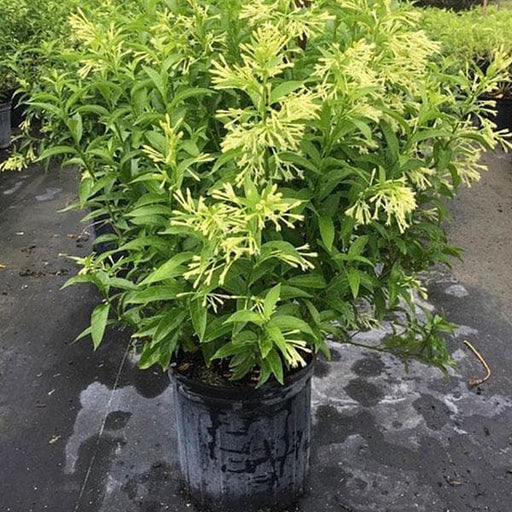 Save 25%
Save 25%
Description Raat Ki Rani (*Cestrum nocturnum*), also known as Night Blooming Jasmine, is a fragrant shrub native to the Caribbean and Central Ameri...
View full details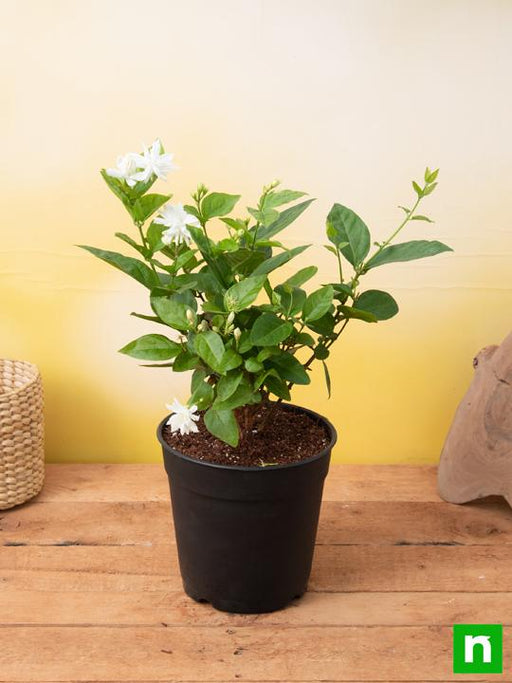
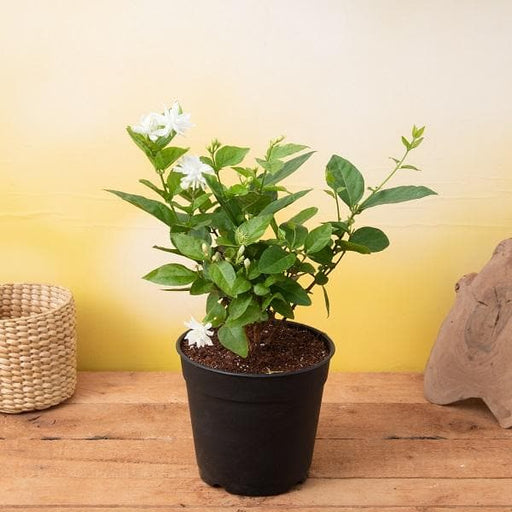 Save 25%
Save 25%
Jasminum sambac, Mogra, Arabian Jasmine - Plant Jasminum sambac, commonly known as Mogra or Arabian Jasmine, is a fragrant flowering plant...
View full details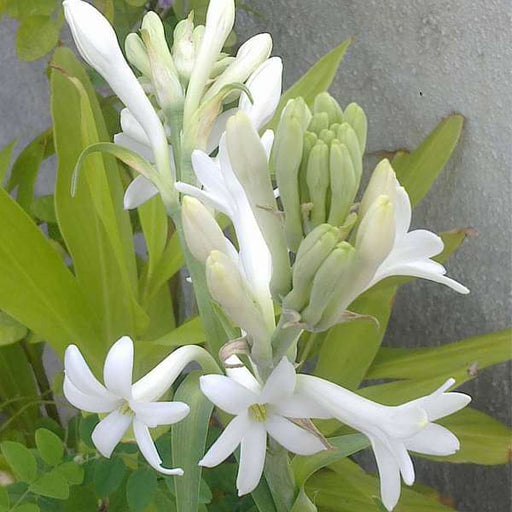
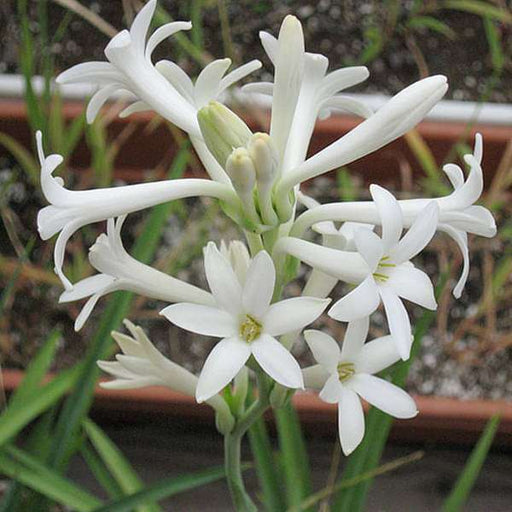 Save 17%
Save 17%
Rajnigandha, Tuberose - Plant The Rajnigandha, scientifically known as Polianthes tuberosa, is a captivating perennial plant renowned for ...
View full details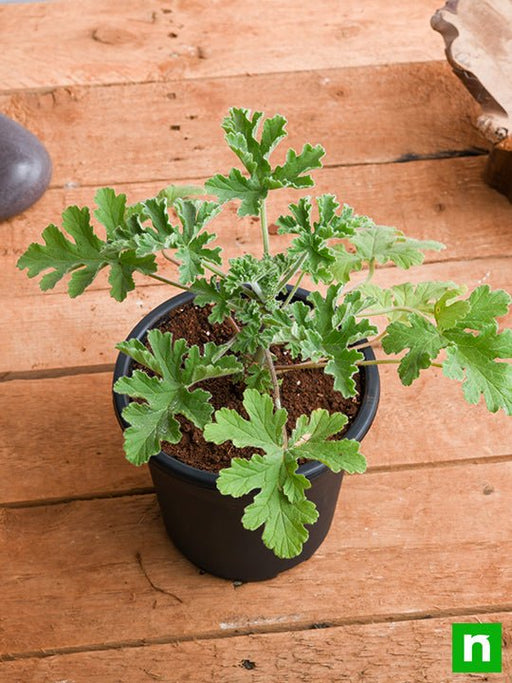
 Sold out
Sold out
Citronella, Odomas - Plant The Citronella plant, scientifically known as Cymbopogon nardus, is a tropical grass renowned for its aromatic ...
View full details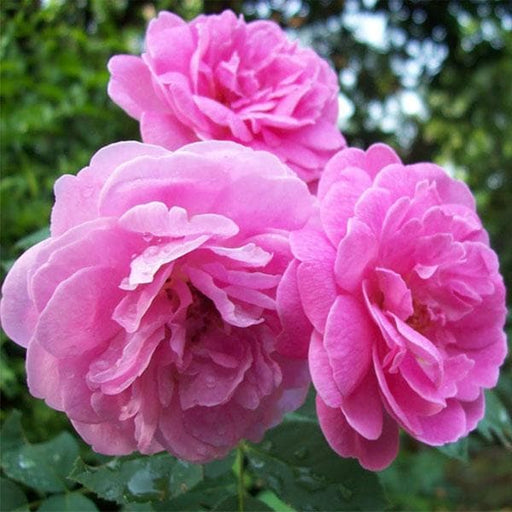 Save 25%
Save 25%
Damascus Rose, Scented Rose (Any Color) - Plant The Damascus Rose, also known as Rosa damascena, is a timeless symbol of beauty and romanc...
View full details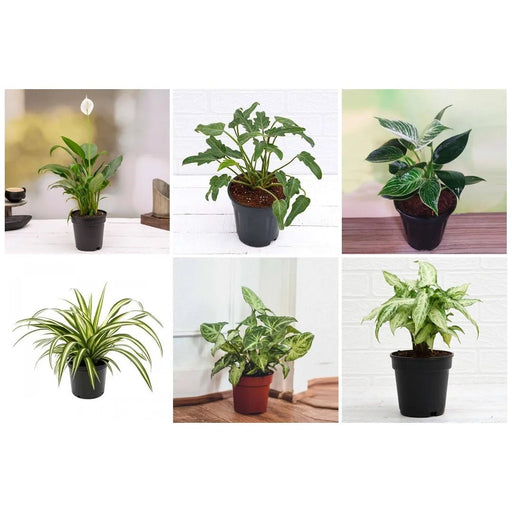
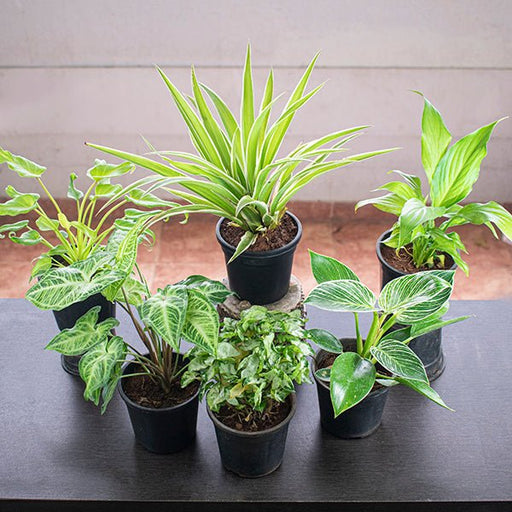 Save 35%
Save 35%
Best 6 Plants for Perfect Indoor Garden Transform your living space into a lush oasis with our curated collection of the Best 6 Plants for a...
View full details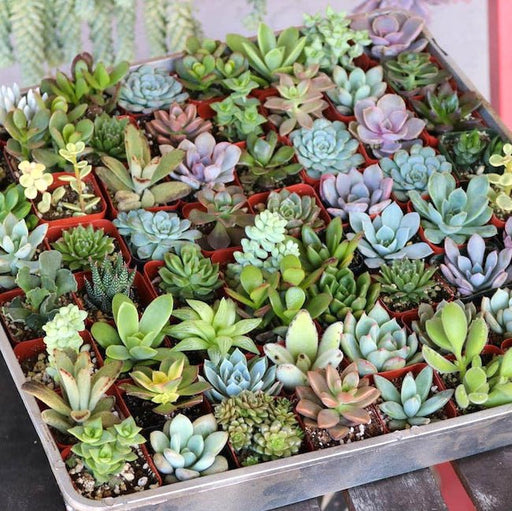
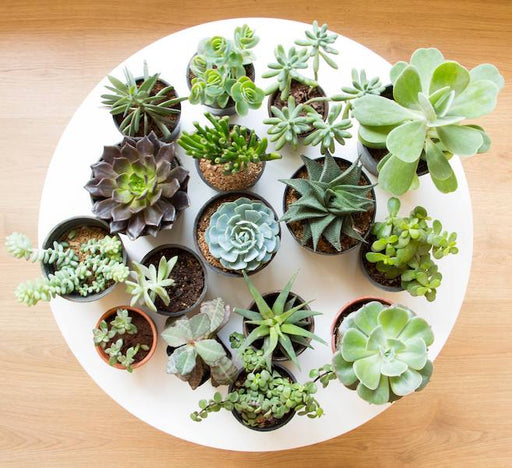 Save up to 50%
Save up to 50%
Mini Succulent Garden Pack Transform your space with our Mini Succulent Garden Pack, featuring a delightful collection of 4 any variety beautiful s...
View full details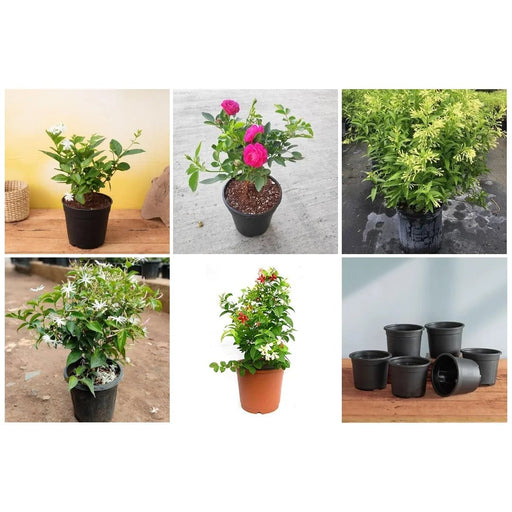
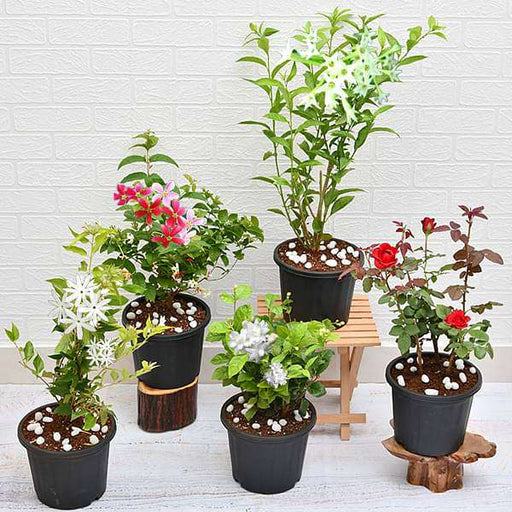 Save 30%
Save 30%
5 Best Fragrant Plants Transform your garden or indoor space into a fragrant paradise with our curated selection of the 5 Best Fragrant Plants. Th...
View full details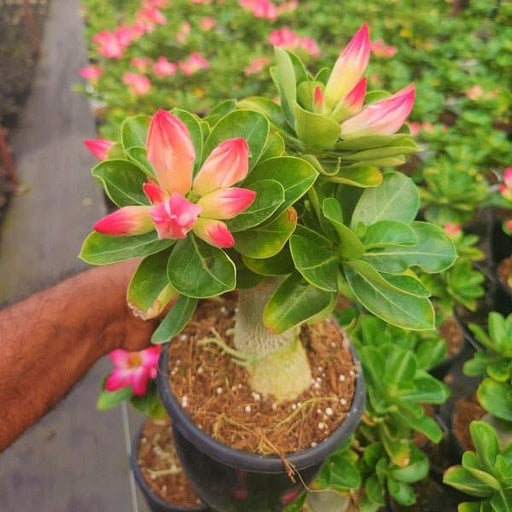
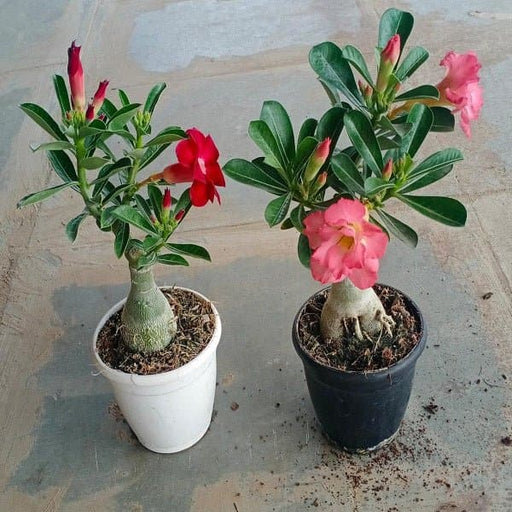 Save 24%
Save 24%
Set of 2 Bonsai Looking Grafted Adeniums Transform your indoor or outdoor space with our exquisite Set of 2 Bonsai Looking Grafted Adenium...
View full details Save 45%
Save 45%
Top 4 Die Hard Succulents Pack Transform your indoor or outdoor space with our Top 4 Die Hard Succulents Pack, featuring a curated selecti...
View full details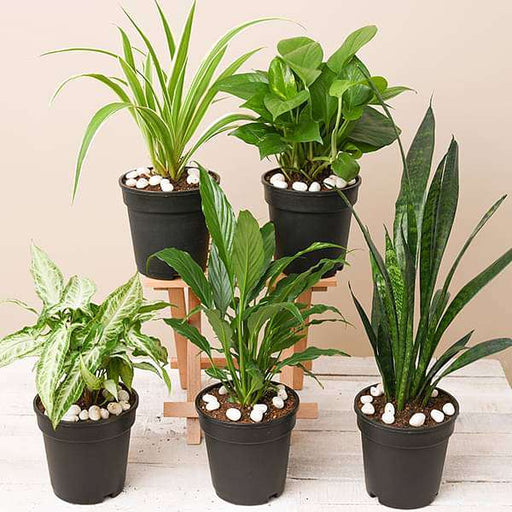
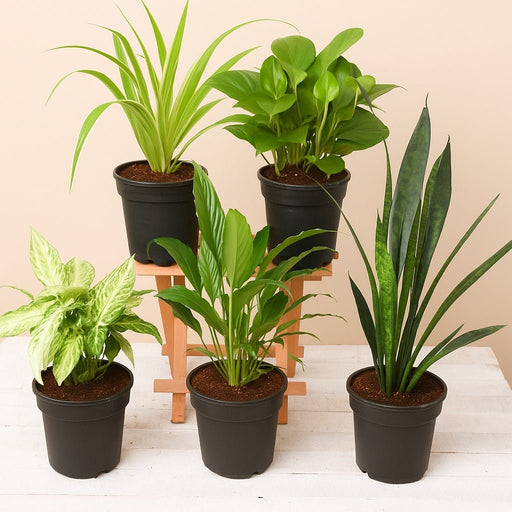 Save 30%
Save 30%
5 Best Indoor Plants Pack Transform your living space into a lush oasis with our '5 Best Indoor Plants Pack.' This carefully curated collection fe...
View full details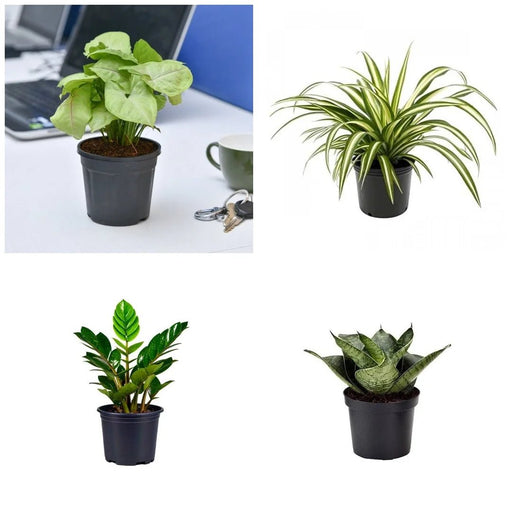
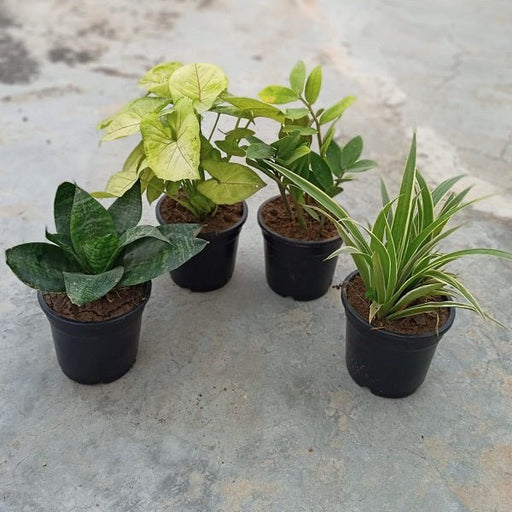 Save 25%
Save 25%
Set of 4 Evergreen Air Purifier Plant Pack Transform your indoor space into a lush, green oasis with our Set of 4 Evergreen Air Purifier Pla...
View full details
Leave a comment